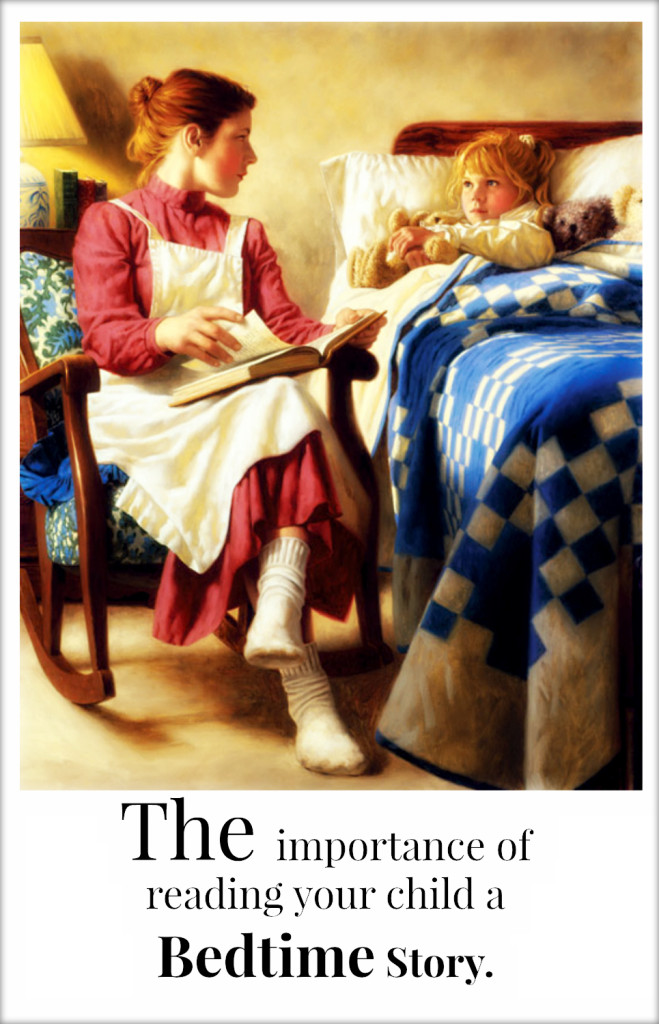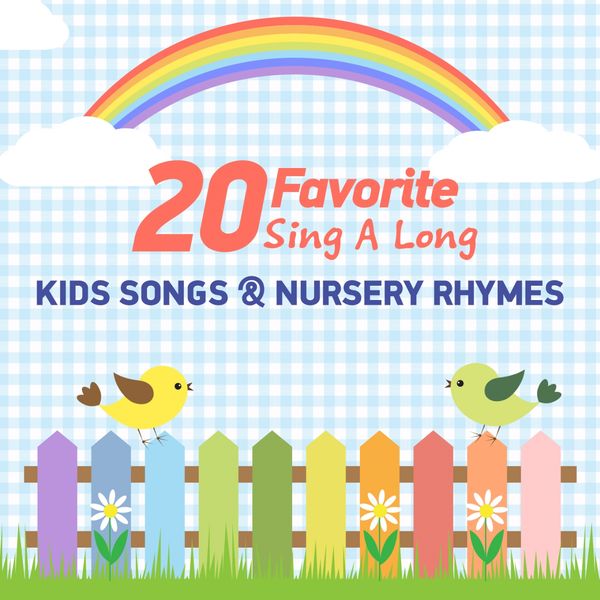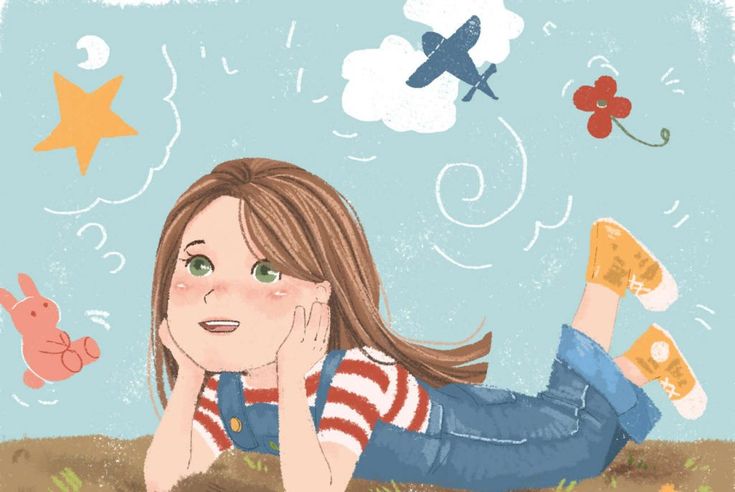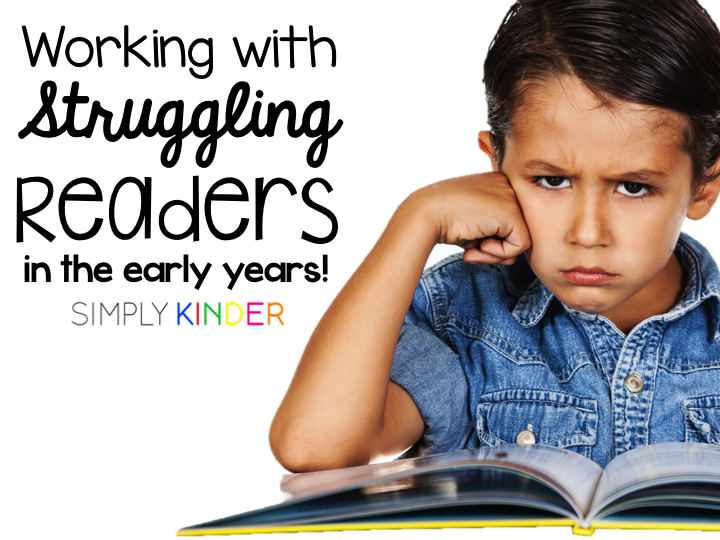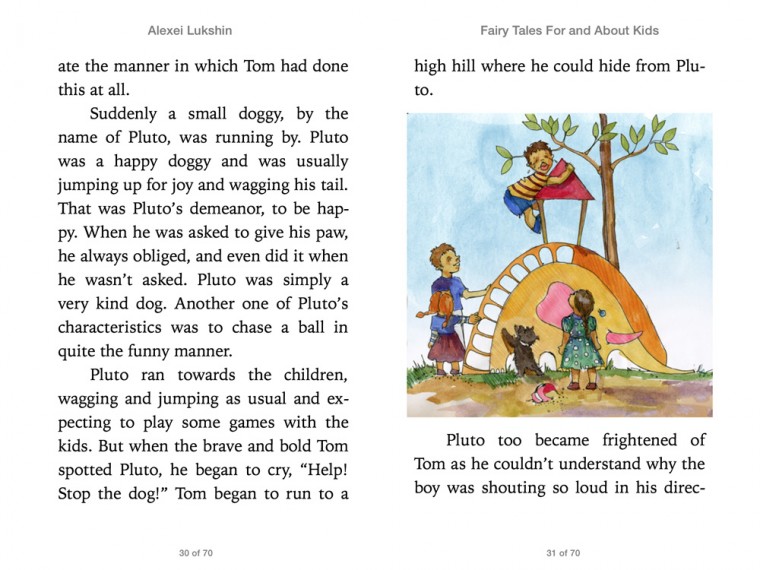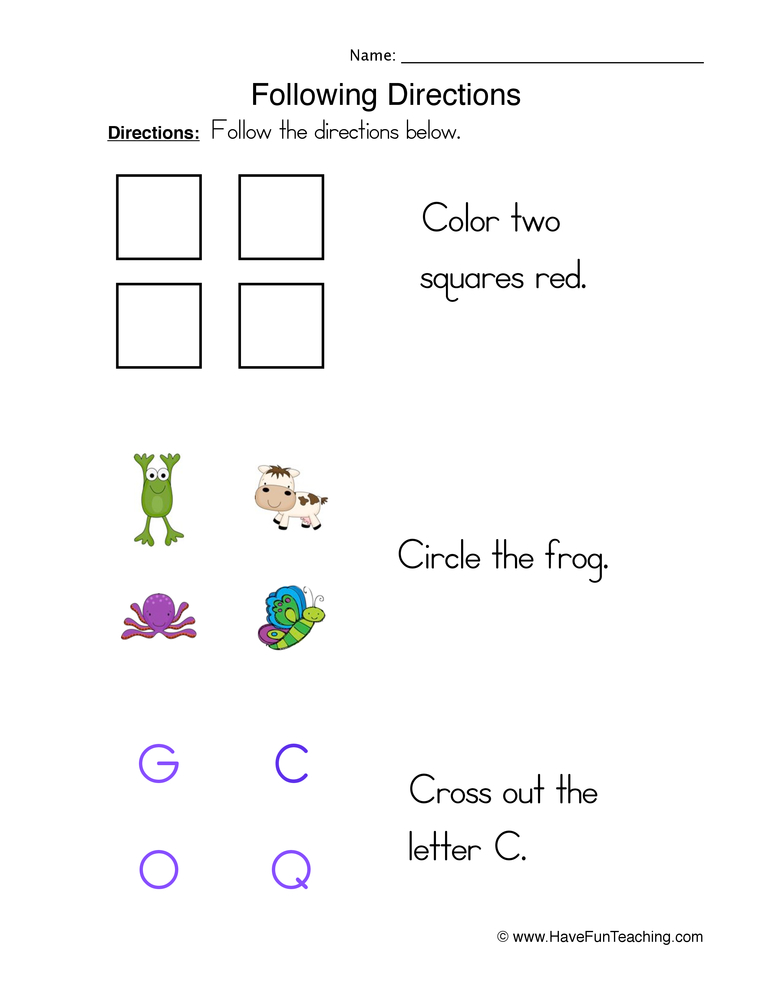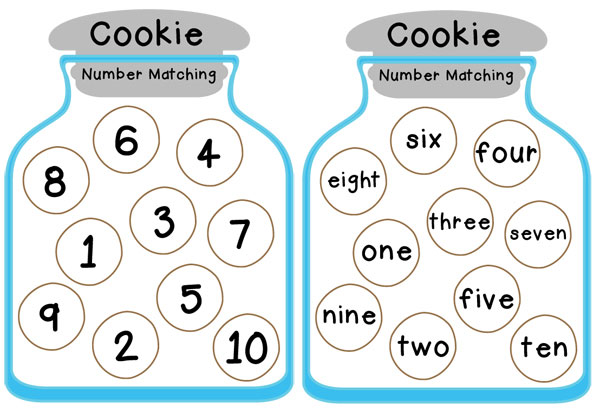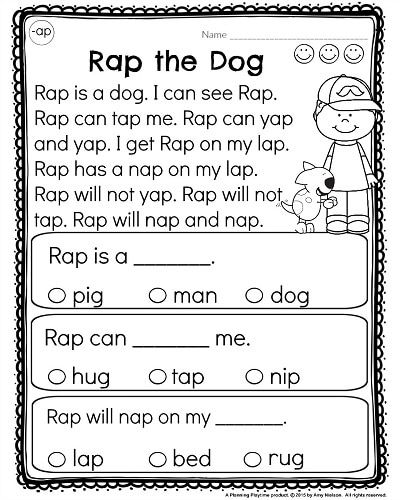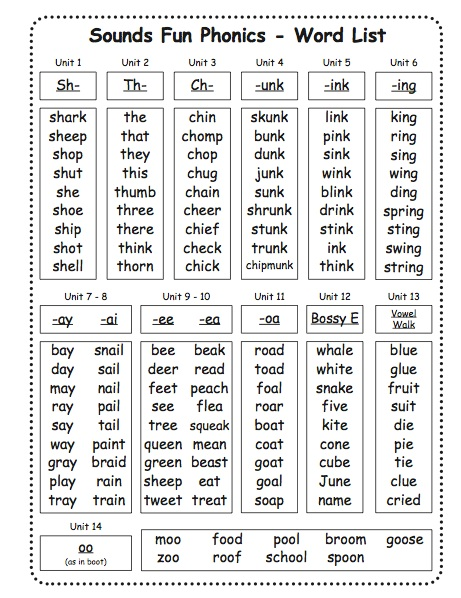Simple social play
Social Stages of Play — Encourage Play
Do you know how my 5th grade teacher taught us the planets? She sang it to us. When her former students would come back and visit, she would always ask if they remembered the order of the planets. And they’d all end up singing it back to her. Imagine these big high school juniors and seniors singing in the middle of a 5th grade class?!
And even now, when I say the order of planets, the melody plays in my head. It stuck with me. Because I learned it through play.
The best way to learn anything is through play. Children can not only learn about science, math and engineering through play, but they can also learn important social skills while playing. Children can learn about problem solving, advocating for themselves, decision-making skills, working in groups, sharing and resolving conflicts.
As children develop and grow, so does their way of playing. Mildred Parten did some great work observing youngsters at play, and developed the stages of social play for children. Let’s take a brief look at how social play develops and changes over time for children. There are six stages of social play and it starts at birth.
I know this can be hard to believe, but play starts at birth. You know those random movements that Infants make with no clear purpose? This is actually the beginning of play.
2. Solitary playThis stage, which starts in infancy and is common in toddlers, is when children start to play on their own. When engaged in solitary play, children do not seem to notice other children sitting or playing nearby during this type of play. Just because it starts in infancy and toddlerhood doesn’t mean it needs to stop. All age groups can (and should!) have some time for independent, solitary play.
3. Onlooker playOnlooker play happens most frequently during the toddler years, but can happen at any age. This stage is when children watch others play. The child who is looking at the others who are playing may ask questions of other children, but there is no effort to join the play. This may happen when a child is shy, or unsure of the rules, or is hesitant to join the game.
The child who is looking at the others who are playing may ask questions of other children, but there is no effort to join the play. This may happen when a child is shy, or unsure of the rules, or is hesitant to join the game.
Parallel play is usually found with toddlers, although it happens in any age group. Parallel play starts when children begins to play side-by-side with other children without any interaction. Even though it seems like they are not interacting, they are paying attention to each other. This is the beginning of the desire to be with other children. This stage really starts to lay the groundwork for the more complex social stages of play.
5. Associative playAt around three to four years of age, they eventually become more interested in the other children rather than the toys. At some point, a child will start interacting more with the other child they are playing with; this is called associative play. They start asking questions and talking about the toys and what they are making. This is the beginning of understanding how to get along with others. During associative play, children within the group have similar goals (for example: building a tower out of blocks). However, they don’t set rules and there’s no formal organization.
They start asking questions and talking about the toys and what they are making. This is the beginning of understanding how to get along with others. During associative play, children within the group have similar goals (for example: building a tower out of blocks). However, they don’t set rules and there’s no formal organization.
Children will really begin to socialize starting around three or four. They begin to share ideas and toys, and follow established rules and guidelines. They play shop and figure out who will play what role. They can work together to build something or maybe play a simple game together. This is really where a child learns and practices social skills, like cooperating, being flexible, taking turns, and solving problems.
As children proceed in the stages of play, their play becomes more complex and involves more and more interacting with others. For children to practice social skills like cooperating, compromising and problem solving, the best way to do that is to let them play. They’ll remember the rhythms and melodies of social interactions much more smoothly if we allow them the time and space to play.
They’ll remember the rhythms and melodies of social interactions much more smoothly if we allow them the time and space to play.
Here’s a free printable about the social stages of play that you can download (plus 5 more free printables) for you!
References
Parten, M (1932). "Social participation among preschool children". Journal of Abnormal and Social Psychology 28 (3): 136–147.
Play and Social Skills — Encourage Play
When you think of play what comes to mind? Play is different for everyone. For some people, creating art is play. For others, it’s climbing rocks. For others still, it’s writing. There are many different ways to play; it’s not just blocks and LEGOs.
Bob Hughes has done some great work about 16 different play types that he’s identified. Take a look at what he’s found.
One playtime can encompass multiple types of play. Playing pirates can include rough and tumble play, symbolic play, dramatic play, communication play, social play, fantasy play and imaginative play!
Stuart Brown has identified 8 play "personalities". As I read these various types, I was able to see myself and my own family in these play personalities! Also, you’re not limited to only having one.
As I read these various types, I was able to see myself and my own family in these play personalities! Also, you’re not limited to only having one.
What’s your play personality? I fall into the artist/creator and director categories. My husband is a joker and an explorer. My son is a kinesthete and a joker. And my daughter is a collector & director.
Play is essential for children. More and more research confirms the importance of play and why it should be an integral part of a child’s life. Why is play so important and what does it do for children?
Humans are biologically wired to play. Play serves as a way for people to practice skills they will need in the future. According to The Importance of Play in Promoting Healthy Child Development and Maintaining Strong Parent-Child Bonds (2007), free play allows children to practice decision-making skills, learn to work in groups, share, resolve conflicts and advocate for themselves. It also allows them to discover what they enjoy at their own pace.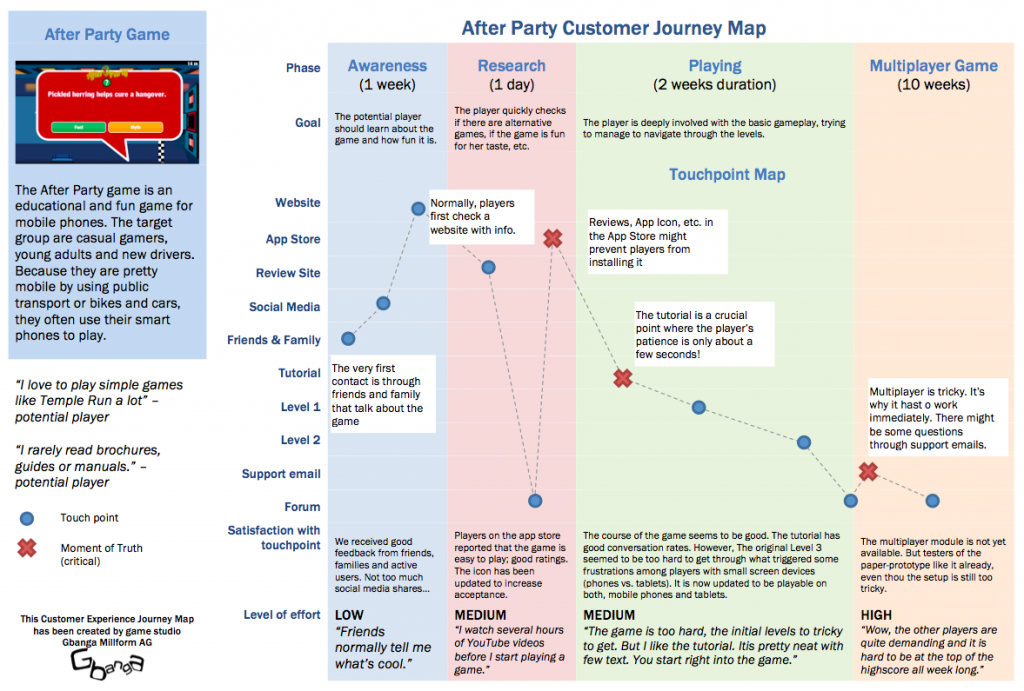
Free play “is critical for becoming socially adept, coping with stress and building cognitive skills such as problem solving” (The Serious Need for Play, 2009).
Play is so important that it’s even part of the United Nations Convention on the Rights of the Child. Article 31 states that children have the right “to engage in play and recreational activities”
Play is how children learn, including learning social skills. Learning how to interact with others, compromise, and work together all happen when playing.
As children develop and grow, so does their way of playing. Let’s take a brief look at how play develops and changes over time for children. Margaret Parten outlined the six stages of social play and it starts at birth (An analysis of social participation, leadership, and other factors in preschool play groups, 1933).
1. Unoccupied playDid you know play starts at birth? Infants engage in random movements with seemingly no apparent purpose, but this is the beginning of play.![]()
This is when children start to play on their own. Solitary play begins in infancy and is common in toddlers. However, all age groups can (and should!) have some time for independent play. When engaged in solitary play, children do not seem to notice other kids sitting or playing nearby during this type of play.
3. Onlooker playThe next stage of play is when children watch others play. Onlooker play happens most frequently during the toddler years but can occur at any age. The onlooker may ask questions of other children, but there is no effort to join the play. This may happen when a child is shy, or unsure of the rules, or is hesitant to join the game.
4. Parallel playParallel play starts when children begin to play side-by-side with other children without any interaction. Parallel play is usually found with toddlers, although it happens in any age group.
Even though it seems like they are not interacting, they are paying attention to each other.![]() This is the beginning of wanting to be with other children their age. This stage lays the groundwork for the later stages of play.
This is the beginning of wanting to be with other children their age. This stage lays the groundwork for the later stages of play.
At some point, a child will start interacting more with the other child they are playing with; this is the next stage of play called associative play. At around three to four years of age, they become more interested in other children than the toys. They start asking questions and talking about the toys and what they are making. This is the beginning of really understanding how to get along with others. During associative play, children within the group have similar goals (for example: building a creation out of blocks). However, they do not set rules and there is no formal organization.
6. Social playChildren will begin to socialize starting around three or four. They begin to share ideas and toys and follow established rules and guidelines. They play shop and figure out who will play what role.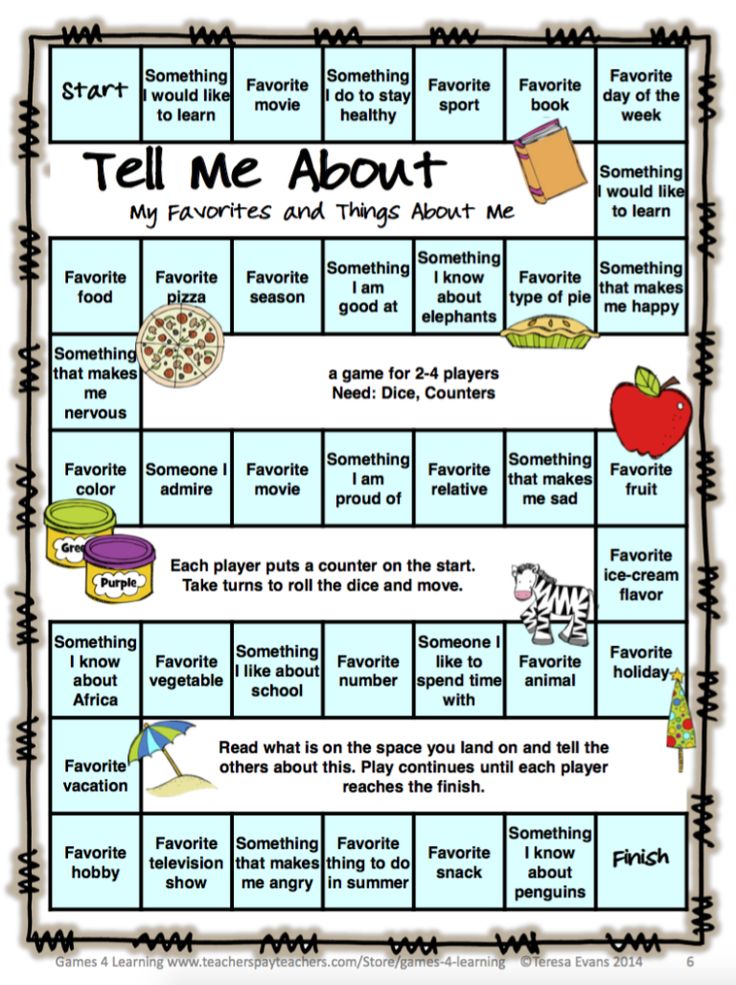 They can work together to build something or maybe play a simple game together. This is really where a child learns and practices social skills, like cooperating, being flexible, taking turns, and solving problems.
They can work together to build something or maybe play a simple game together. This is really where a child learns and practices social skills, like cooperating, being flexible, taking turns, and solving problems.
Some kids struggle with learning how to play with their peers. Play isn’t always easy for everyone. The goal would always be to have children be able to play and interact without adult support. But for some, that’s not realistic. For those kids who struggle, they’ll need additional adult scaffolding until they can play on their own.
You can create genuine teachable moments where a child can learn both the overt and the hidden rules of interacting with others. There are a few ways to this:
Host structured, time-limited playdate with a peer one on one
Use teachable moments at the playground, or birthday parties, or during structured activities or sports.
Family activities like game night, family book clubs, doing random acts of kindness, etc.
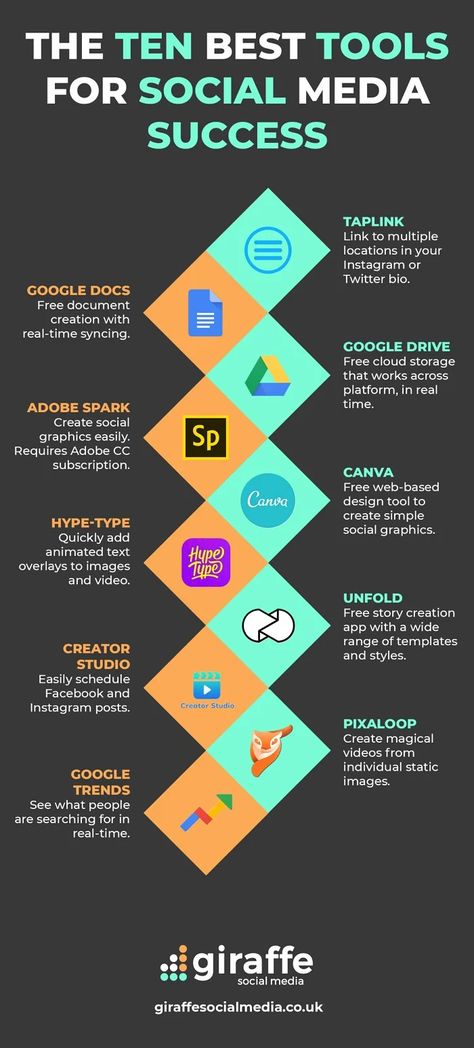 provide an experience to connect and a way for families to reinforce positive behaviors, and offers opportunities for teachable moments.
provide an experience to connect and a way for families to reinforce positive behaviors, and offers opportunities for teachable moments.During a social group that involves real-life experiential learning of social skills
Looking for some ideas? Check our the Encourage Play at Home Page for some different ways to play!
40 mechanics for social games / Sudo Null IT News
Game developer Raph Koster has compiled a comprehensive list of basic rules on which social relationships in games (multiplayer, parallel play, etc.) are based. These rules for game developers replace the ABC. In many ways, they intersect with the principles of game mechanics, which have already been discussed on Habré.
Raf Koster rose to prominence as the designer of Ultima Online and creative director of the Star Wars Galaxies project, after which he founded his own studio.
This list is a summary of Coster's presentation (190 slides).
#1: Help . The simplest form of multiplayer is the usual advice and help. How good are your communication channels? Help is the building block of all social gameplay.
#2: Status . Achievement quantification. Saving them in a database.
#3: Racing . The first user to reach the goal wins. Surprisingly rare. Why is no one using the race to complete the level? You can use this in network settings. Social games don't gravitate toward racing.
#4: Leaderboards . Everyone competes asynchronously, in parallel with saving history. We see it in bars.
#5: Tournaments . Breaking (bracketing) users into groups. Social games tend to use bracketing for simple PvP when it deserves more.
#6: Collection of flowers . You compete for resources, new ones are constantly appearing.
#7: Eating points . I ate, you didn't. Zero-sum resource consumption.
#8: Tug of war (tug-of-war).![]() I can take your things and you can take mine. Winner and loser.
I can take your things and you can take mine. Winner and loser.
#9: Handicapping . Artificial leveling of status to ensure more equal competition.
#10: Secrets . In game theory, there is insufficient information. Knowledge is a value. Rope pulling. Distribution of cards.
#11: The Last Hero . Multiplayer to death until there is no winner left.
#12: Rates . intermediate status. Your bet, you take the opponent's things (money) and whoever has the thing in the end wins. Where are the silent auctions in social games?
#13: False . Deception and bluff. Cheating only works against the other player, not the computer. Disinformation becomes a game technique that gives an advantage.
#14: Third party rates . Here, competitors are bidding for third party resources.
#15: Prisoner's Dilemma . The partners do not have complete information, but they are on the same team. If one gives up, both lose. If they stick together, they succeed. You don't know if a partner will hold up.
If they stick together, they succeed. You don't know if a partner will hold up.
#16: Kriegspiel . Military strategy in the form of a board game, first used in 1812 in the Prussian army: Dungeonmaster, Gamemaster. The referee follows the rules, the Gamesmaster directs the action, the game. Right now we don't do too much of that kind of management in social games, but we could. Basically, the action of the game is controlled by the judges, although this role can be shifted to the gamemaster.
#17: Roles . Specialization leads to the emergence of different games within the same group. Extremely rarely used in modern games, a rare exception is Treasure Isle.
#18: Grouping and changing roles within groups. As in the "Mafia" one of the partners can suddenly become a predator.
#19: Rituals . Ceremonies play an important role in human culture: birth, marriage, death, leveling up within the game (graduating from school, getting a diploma, getting a job), calendar holidays, religious holidays.
#20: Gifts . Closely related to the previous paragraph, they are found in almost every ritual. They represent the transfer of things from one player to another to increase his status.
#21: Reciprocity . Players send a gift they like because they expect it to be returned (where is the "Return Gift" button?).
#22: Mentors . Teaching a person or transferring important knowledge to him. He gains knowledge, you gain social status as a mentor. Strengthens social bonds within the group.
#23: Self-expression . Demonstrate your status through rare accessories.
#24: Kicking out of the group by denying shares.
#25: Trust . The degree of trust depending on the position of the node in the social graph or cluster. Direct communication gives maximum trust. If one person maximally trusts two people in the cluster, but they are not directly related to each other, then there is trust between them, but much weaker.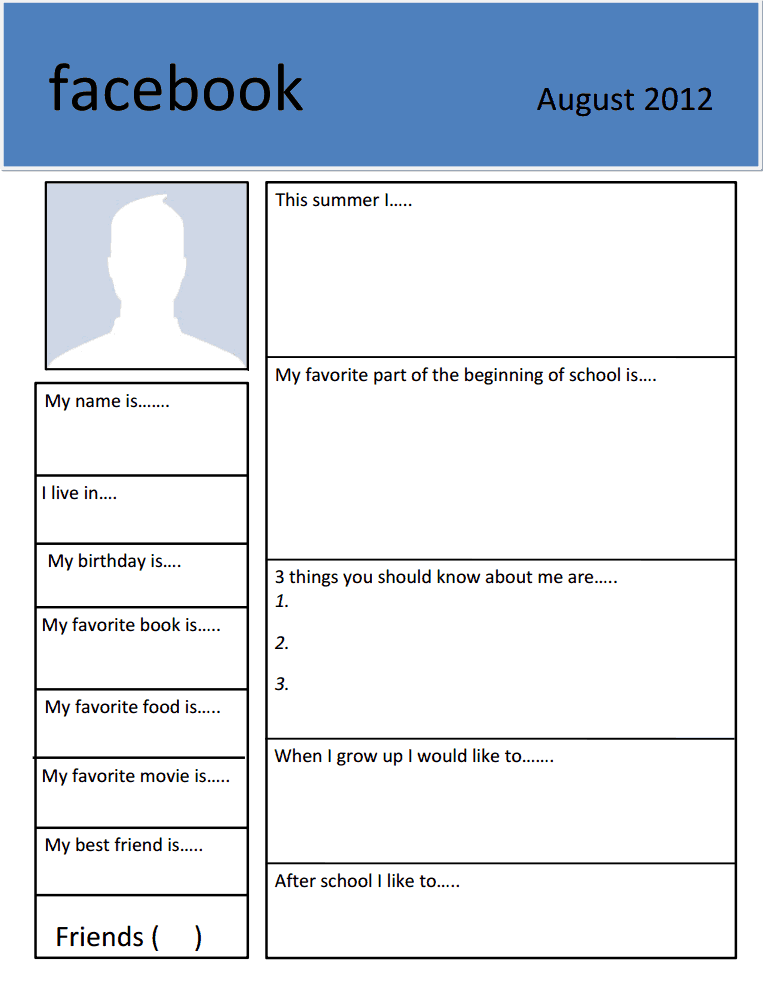
#26: Guilds, clans . An extremely efficient structure that brings together several social clusters. At the moment, structures of hundreds and thousands of participants are poorly used in social games.
#27: Exclusive . Based on segregation and genocide, it is known that people tend to single out elite groups within the community that have exclusive access to selected things. VIP clubs.
#28: Guild versus Guild . We know how big family groups love to destroy each other. Competition. Battle. Competition.
#29: Trade . Formalization of beneficial relationships between too remote nodes in the network.
#30: Election . Politics is the greatest multiplayer game ever invented by mankind.
#31: Reputation, influence and honor . We need to develop micropayments for social currency so that the sender can put +1, and the recipient can accumulate these statuses.
#32: Public items .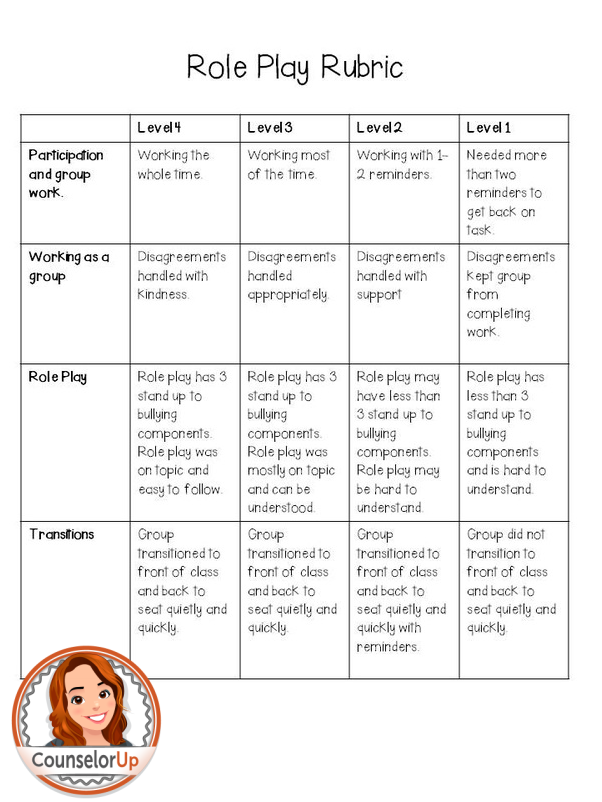 This is similar to the prisoner's dilemma, but only in relation to many users. Most public resources are not unique and can be consumed by everyone (for example, clean air).
This is similar to the prisoner's dilemma, but only in relation to many users. Most public resources are not unique and can be consumed by everyone (for example, clean air).
#33: Tragedy of the Commons if resources are unique and can be appropriated by someone, then everyone else loses.
#34: Community . The situation when the users themselves become chips in the game.
#35: Strategic Guilds . Combining in large groups to solve very difficult puzzles.
#36: Teamwork . The joint efforts of people are always greater than the work of the same people alone.
#37: Arbitration . Turning to the economic models of the game, one must admit the existence of arbitrage when there are uneven quantities of goods in the game and there is a way to evaluate and exchange such goods.
#38: Delivery channels . Channels for the exchange of goods and trade routes.
#39: User Content . Good tools for this: forums, image editors, game cards, weddings, and so on.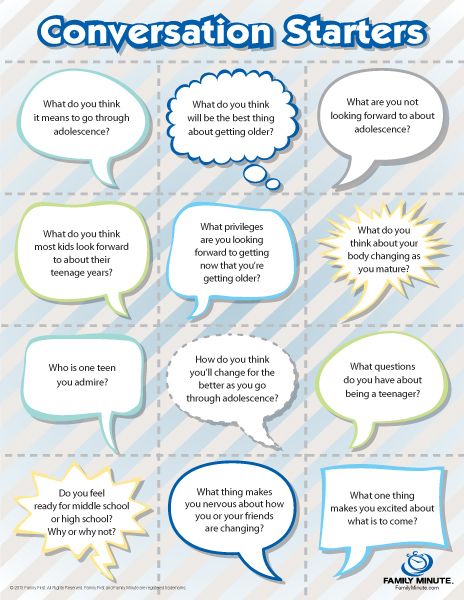
#40: Griefing . virtual sociopathy. Changing the rules of the game by the players themselves and the emergence of new gaming universes.
What are social games? Find out more on the App-Android blog
Social gaming is a new type of social interaction that is gaining more and more popularity
One of the main parameters that we pay attention to when buying a particular mobile gadget is the processor power, which is directly responsible for the performance of various games. Indeed, the demand for mobile games is growing at a very high pace. Various social games are especially popular today, because they are able to attract a large number of different audiences and layers of users, keeping their attention on the application for a long period of time. What is this type of games and what is the reason for such a great popularity? Let's try to understand the presented article.
Social games: concepts and benefits
In a simple sense, social games are traditional play applications in which the player performs a specific role by interacting with other players from all over the world. Thanks to this solution, a whole community is created that connects participants with a common interest and gameplay. This is one of the main reasons for such a great popularity of the presented games. A striking example of such games is the well-known and everyone, in the past, favorite game "Merry Farm" in such social networks as Odnoklassniki or VK. Thanks to a number of social connections between the participants, the players could be interested in the state of the farm of their friends, acquaintances, colleagues and even enemies.
Thanks to this solution, a whole community is created that connects participants with a common interest and gameplay. This is one of the main reasons for such a great popularity of the presented games. A striking example of such games is the well-known and everyone, in the past, favorite game "Merry Farm" in such social networks as Odnoklassniki or VK. Thanks to a number of social connections between the participants, the players could be interested in the state of the farm of their friends, acquaintances, colleagues and even enemies.
The advantages of the presented games and modern standards
To understand other reasons for the popularity of social games, it is worth highlighting their indisputable advantages:
- Ability to compare and compete
It is the natural feeling of competition that makes the participant enter the game again and again in order to compare his results and achievements with his social environment. The desire to be the best or the winner also raises the activity of the players.
The desire to be the best or the winner also raises the activity of the players. - Servers all over the world
Man is a social being, so he is always interested in making connections with people from other countries. The game, on the other hand, makes these communications simpler, understandable and justified. - Word-of-mouth popularity
The dynamics of the growth in the number of game participants is ensured by the so-called "word of mouth" in certain social groups, thanks to which more new players are added. - A large number of genres
Genre diversity is also a serious advantage of the presented type of games. Strategies, shooters, RPGs - far from the whole list of game types with the possibility of multiplayer.
PlayerUnknown's Battlegrounds, or simply PUBG, is the modern benchmark for a mobile social game.


